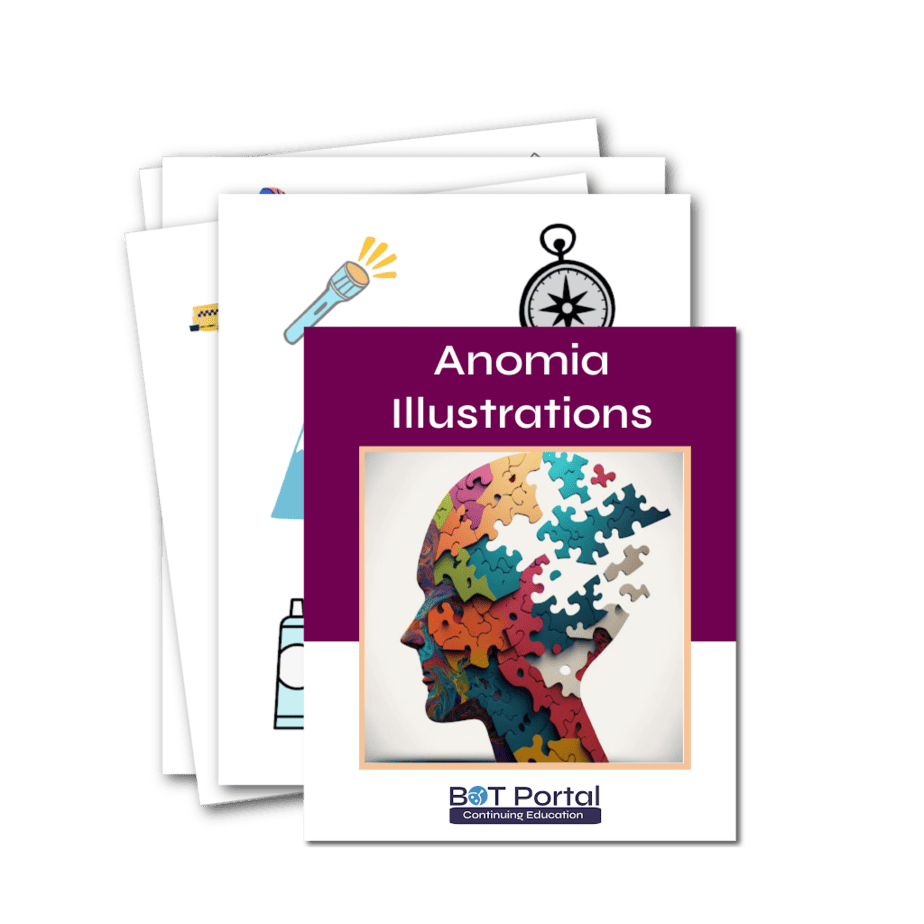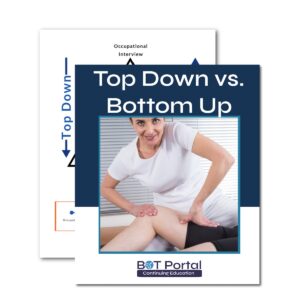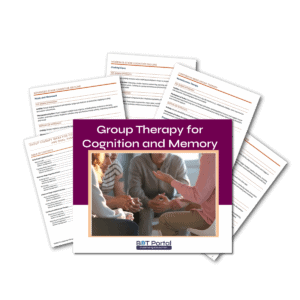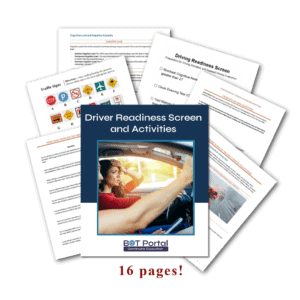Description
Anomia Picture Flashcards of Everyday Objects
Aphasia activities in Occupational Therapy
Download this 7pg Anomia PDF for an activity that has benefit us for all ages. Occupational therapy works with social communication and executive functioning. A requirement for effective language transactions is word finding! Anomia is the inability to retrieve the correct name of an object. We laminate these pages prior to cutting them out in squares.
Longer Description:
The activity described in this 7-page PDF provides a versatile tool for occupational therapy practitioners working with clients of all ages. By addressing social communication and executive functioning, this activity targets a fundamental aspect of language processing: word finding. Anomia, or the inability to retrieve the correct name of an object, is a common challenge faced by individuals with various cognitive impairments.
This activity involves laminating the pages prior to cutting them out into squares, ensuring durability for repeated use. Here are some ideas for incorporating this activity into therapy sessions:
1. Flashcards: Use the squares as flashcards to facilitate word retrieval and recognition. Clients can practice naming objects depicted in the images, promoting vocabulary expansion and language skills.
2.Discussion starters: Each uncovered item can serve as a discussion starter, prompting conversations and social interactions. Therapists can encourage clients to share personal experiences or associations related to the depicted objects, fostering social communication skills.
3. Working memory matching activity: Print out two copies of each page and use them to facilitate a working memory matching activity. Clients can turn over squares to reveal images or words, then try to remember the location of matching pairs, strengthening working memory skills.
4. Object-word association: Point to an object and ask the client to find the corresponding word or vice versa. This activity helps reinforce the connection between objects and their names, addressing anomia and improving word retrieval abilities.
5. Word-image matching: Present clients with a word and ask them to find the corresponding image, or state the object depicted in an image and have the client find the corresponding word. This activity promotes word-object association and enhances language comprehension skills.
Additionally, therapists can print out a separate “word list” for clients to match words with images independently, providing a structured yet flexible way to target word finding and object recognition skills.
By engaging clients in activities that address word finding and object naming, occupational therapists can support language processing, social communication, and executive functioning across diverse age groups. This activity offers a multifaceted approach to improving cognitive skills essential for effective communication and functional independence in daily life.
Other helpful links:




